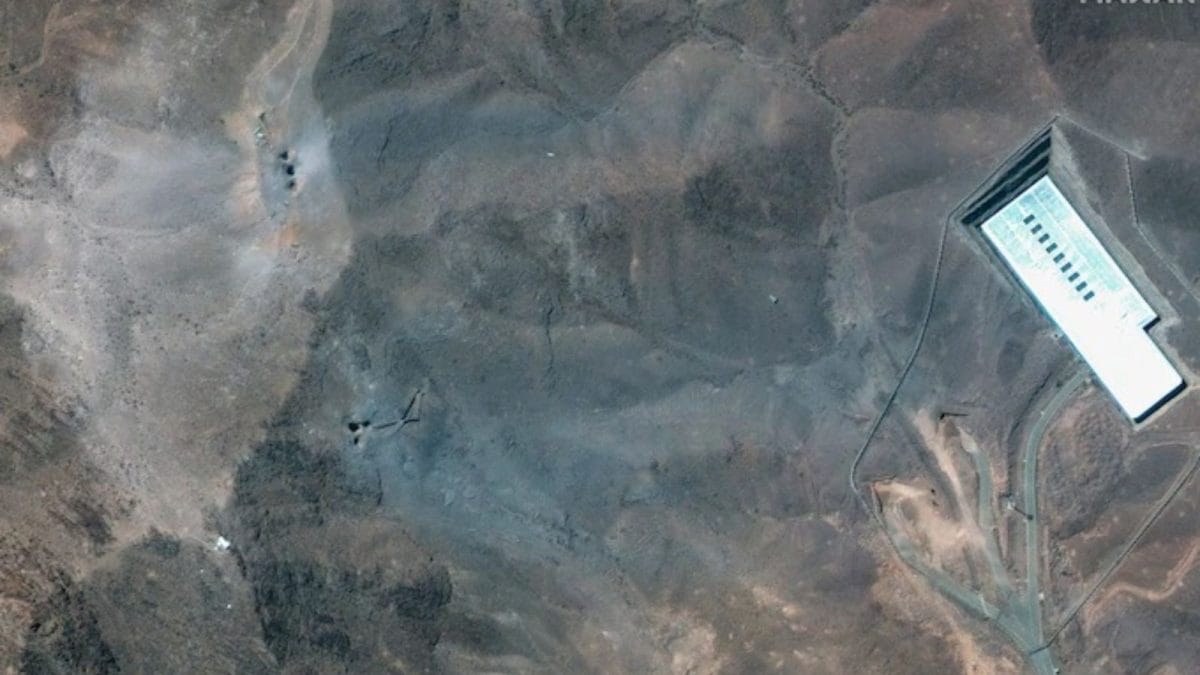ARTICLE AD BOX
Dust devils on Mars – swirling columns of dust and air that often scour the Red Planet's surface – may be crackling with electricity, a new computer-modeling study suggests. Researchers led by Varun Sheel simulated how Mars's dry atmosphere and frictional dust collisions charge up grains inside a vortex. They found these fields could grow so strong that brief lightning-like discharges might occur. This electrification is a concern for surface missions, since charged dust could cling to rover wheels, solar panels and antennas, blocking sunlight and interfering with communications.
Formation and Features of Martian Dust Devils
According to the study, dust devils form when the Sun heats Mars's surface, causing warm air to rise and spin into vortices. Colder air rushes inward along the ground, stretching the rising column upward and whipping dust high into the sky. Because Mars has lower gravity and a thinner atmosphere than Earth, its dust devils can tower much higher, three times larger than storms on Earth. NASA's Viking mission first detected Martian dust devils; later rovers like Curiosity and Perseverance have filmed them sweeping across the dusty plains. These whirlwinds clean off solar panels – as happened with Spirit in 2005 – but more often they stir up fine dust that can coat instruments.
Electrification and Risks to Rovers
Dust grains in Martian whirlwinds can pick up charge through collisions (a triboelectric effect). Sheel's models predict that this charge separation can create strong electric fields inside a dust devil. These fields could even exceed Mars's atmospheric breakdown threshold (around 25 kV/m), enough to spark lightning in the vortex. NASA's Perseverance rover recorded what appears to be a small triboelectric discharge when a dust devil passed overhead.
Even without lightning, any static buildup is problematic. As planetary scientist Yoav Yair notes, “Electrified dust will adhere to conducting surfaces such as wheels, solar panels and antennas,” potentially reducing sunlight reaching panels and jamming communications. Rovers may need new design features or procedures to handle this unusual Martian weather.
For the latest tech news and reviews, follow Gadgets 360 on X, Facebook, WhatsApp, Threads and Google News. For the latest videos on gadgets and tech, subscribe to our YouTube channel. If you want to know everything about top influencers, follow our in-house Who'sThat360 on Instagram and YouTube.
Further reading: Mars, Dust Devils, Lightning, Rovers, NASA, Atmosphere, Static, Weather, Red Planet, Perseverance, Solar Panels, Electromagnetism, Martian Weather, Space Exploration, Planetary Science
The resident bot. If you email me, a human will respond. More



.png)
.png)
.png)
















 5 hours ago
5
5 hours ago
5










 English (US) ·
English (US) ·